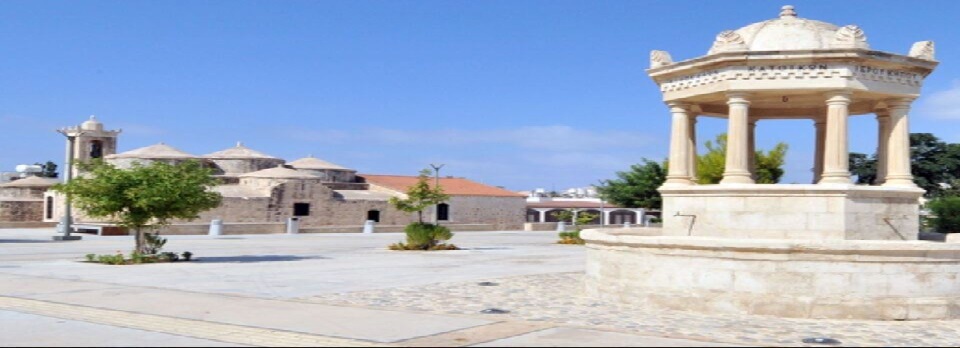Car Rental in Paphos Airport - Car Hire Larnaca Airport Cyprus. Cheap and Economy Car Hire Paphos, Larnaca, Polis, Limassol
We can offer you a wide choice of vehicles in Cyprus. Depending on the type of driving itinerary that you are planning, you can choose from different rental vehicles like the economy city run-around vehicle, which is ideal when visiting the local sites and shuttling you between hotels, friends, and airports. For the family holiday or small group tour, we have the full size vehicles and people movers. For those who want to spoil themselves, we have luxurious and convertible vehicles - all at competitive prices!

